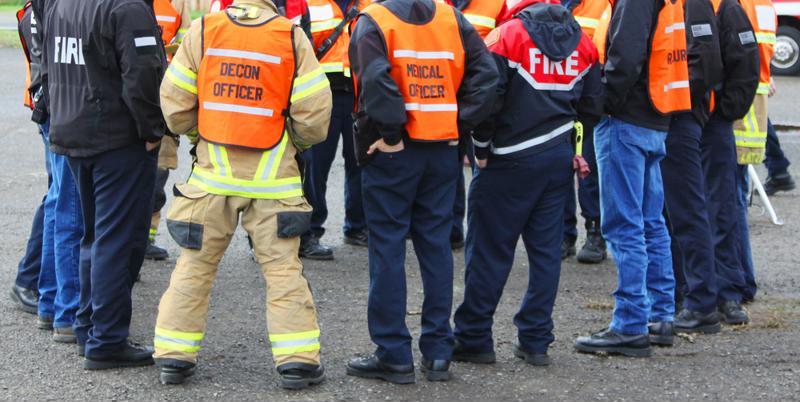
New partnerships driving IoT expansion in the EU automotive industry
By Max BurkhalterNovember 20, 2018
For years, the automotive industry has been at the forefront of IoT innovation and implementation, aiming to increase driver safety and cut down on roadway congestion. While the U.S. has been the primary hub for vehicle-related IoT development, recent advancements in Europe have helped to push the technology into the international limelight.
A late-November press release published on Business Wire forecasts that IoT within the European automotive market is projected to grow at an annual rate of 26.62 percent. If accurate, this forecast suggests a possible increase in revenue close to 30.09 billion USD by 2023. The rapid adoption of IoT-enabled systems has contributed to this increased market optimism, as more experts and officials recognize the technology's potential to secure better fuel efficiency and road safety. In part, this push toward automotive IoT has been supported by new partnerships between the EU government and major automotive manufacturers in the region. While self-driving cars are undoubtedly part of the EU's long term implementation goals, many of the recent rollouts have focused on connected emergency response services. So what has the partnership produced thus far?
eCall technology now mandatory in EU
In March 2018, the EU announced that eCall must be included in all new cars and light vehicles manufactured for use on European roads. Advocates for this change have been pushing for emergency services automation for years, hoping that IoT would help improve accident response efforts and save lives. In the event of a vehicle collision, eCall contacts the closest accident emergency center to report the incident and mobilize the public safety team. The eCall system directly transmits important data needed for rapid response, such as vehicle location, VIN number, travel route, and whether the emergency call was activated manually or automatically.
Once the accident data is received, the response team will attempt to contact the driver through an activated voice channel to gather more information about the collision. This cell-phone-free procedure is especially crucial for major collisions, wherein passengers may be unable to reach their mobile devices or are unconscious. Armed with this information, staff members at the corresponding Public Safety Answering Point (PSAP) are able to quickly engage police and firefighters as needed. The eCall system allows PSAP operators to get a clearer picture about the severity of the crash and the triage needs of the involved parties, all from a remote location. The data gathered through this in-vehicle IoT system provides emergency response teams with actionable insights into the exact needs of the driver, allowing public safety resources to be dispatched more efficiently.
While the eCall program cannot prevent collisions altogether, EU officials believe the precise transmission of vehicle data will help emergency personnel reach severe accidents quicker and more prepared. In an interview with Forbes, European Parliament member Olga Sehnalová estimated that eCall will reduce response times of emergency services by an average of 50 percent in rural areas and 40 percent in urban areas. The hope is that eCall will contribute to an overall reduction in collision-related deaths throughout Europe, which may lead other nations to adopt the technology in turn.

IoT emergency response systems need reliable infrastructure
One of the primary limitations of deploying eCall (and other IoT emergency systems) is the pressing need for reliable network infrastructure on a massive scale. If these emergency response systems were to experience intermittent connection issues and outages, it could lead to a significant loss of life in the event of a severe vehicle collision. Since all transmitted vehicle data is routed through the Public Safety Answering Points, these locations need sturdy ethernet switches and surge protectors to keep the system online during times of crisis.
Perle offers industry-grade networking tools that can protect mission critical operations and maintain long-term system sustainability. Read some of our customer stories to find out how we've helped other companies secure their infrastructure and stay connected when it mattered most.



